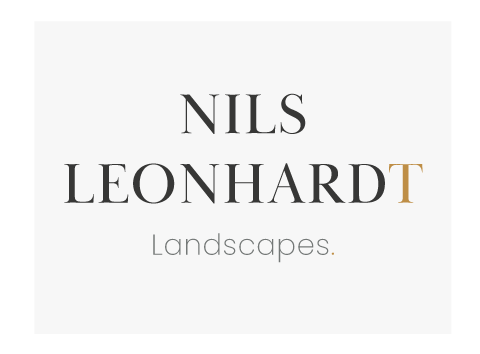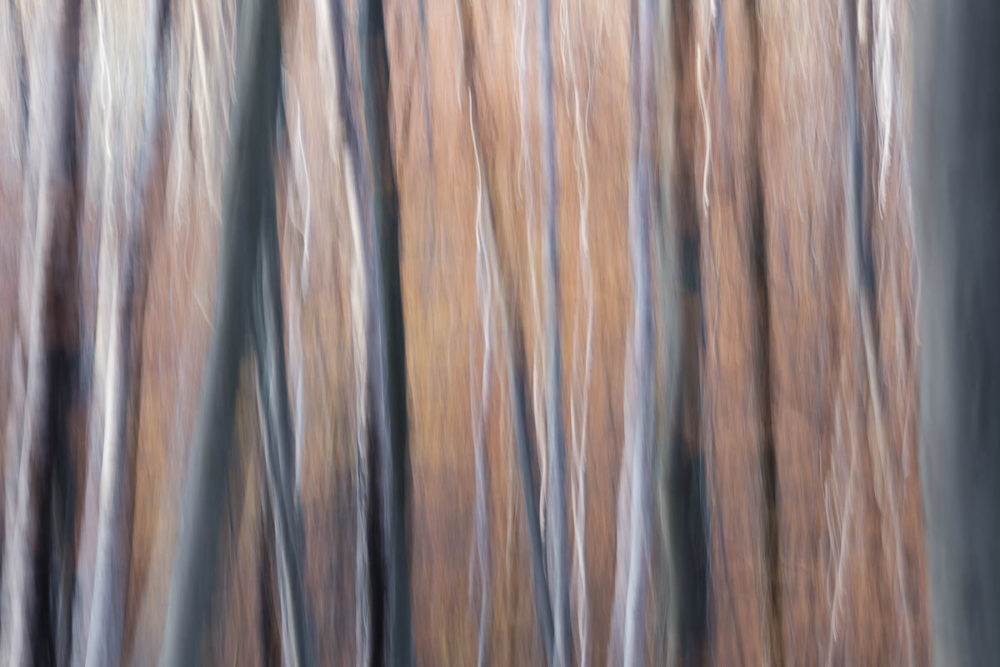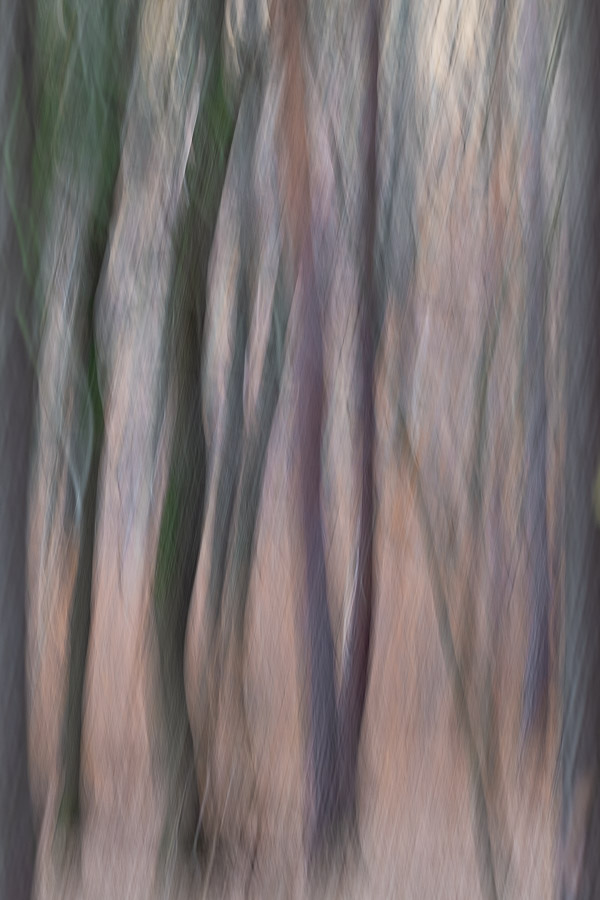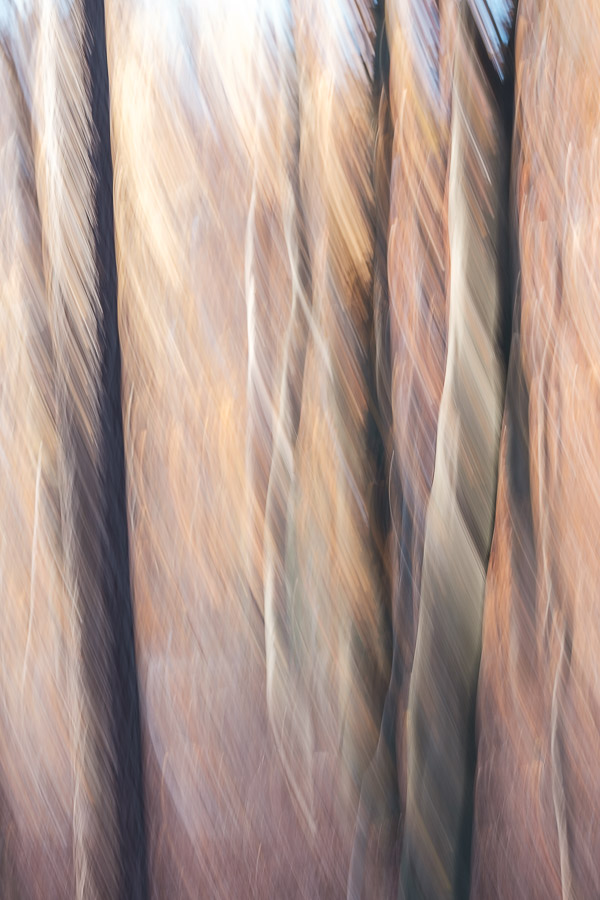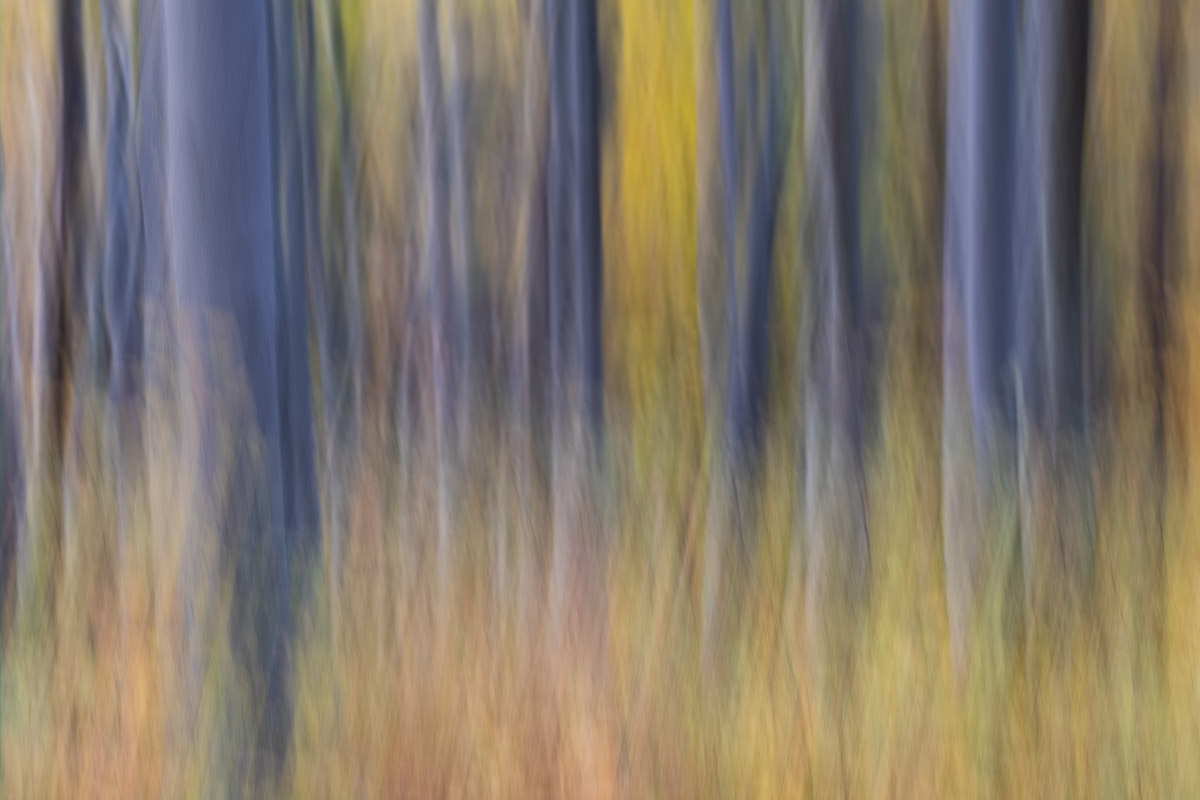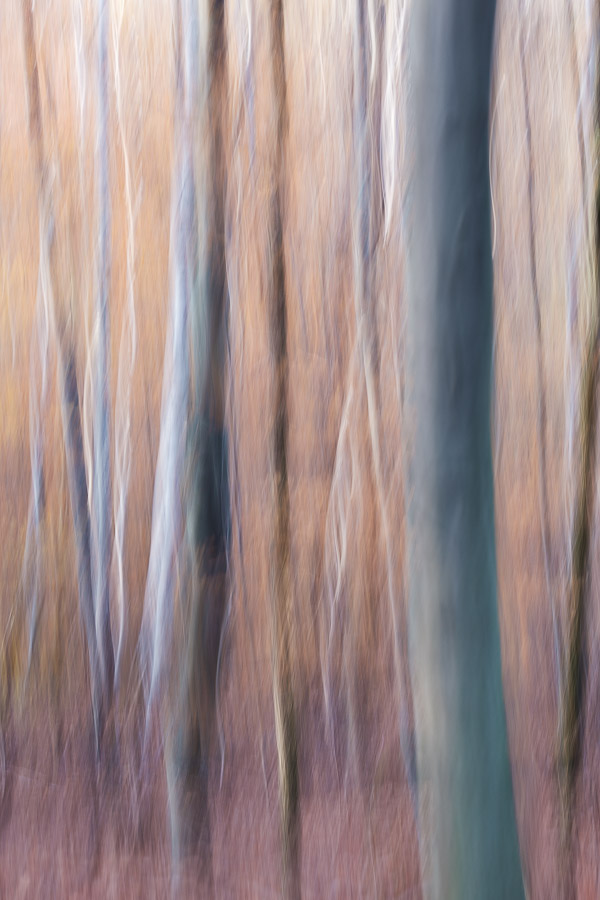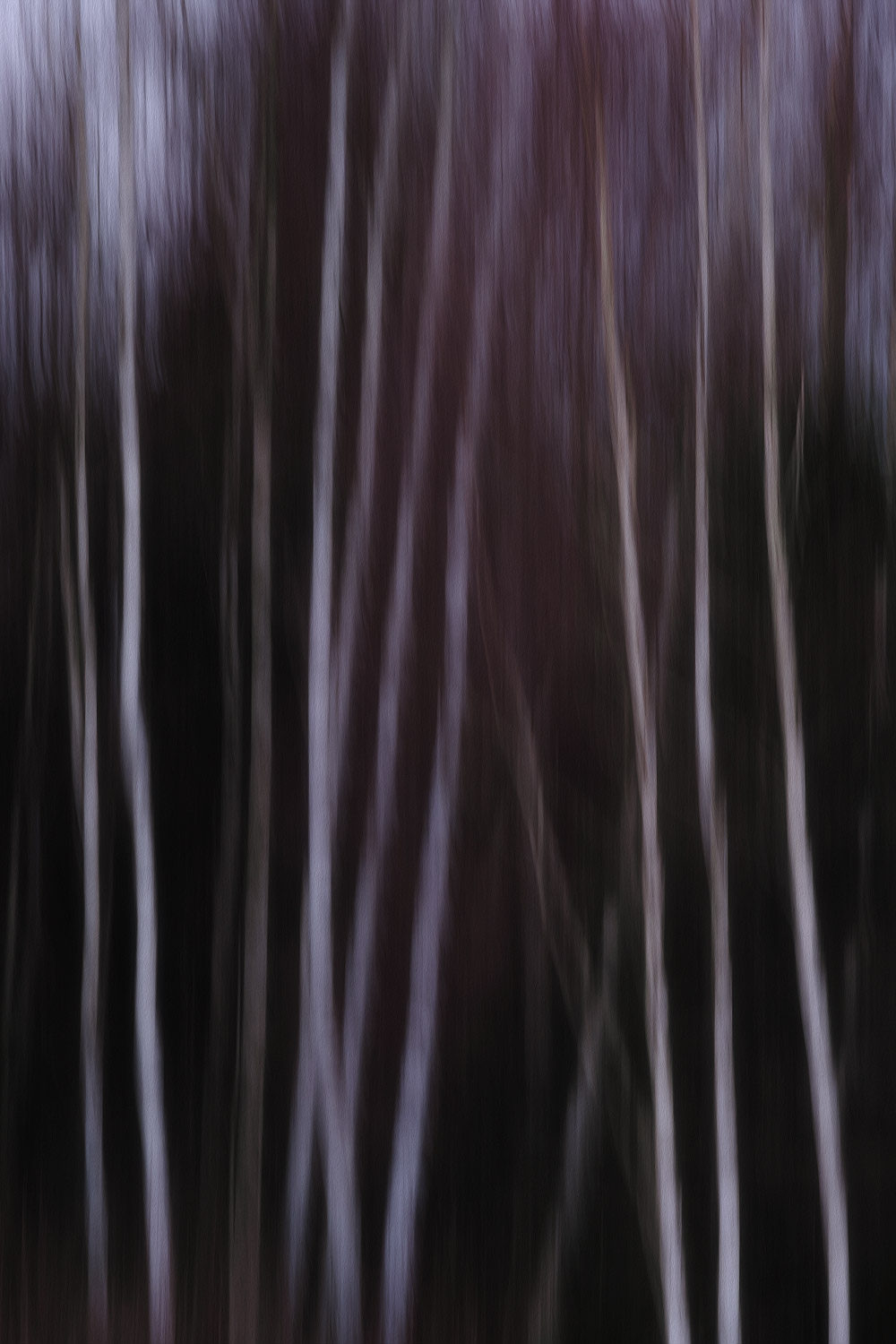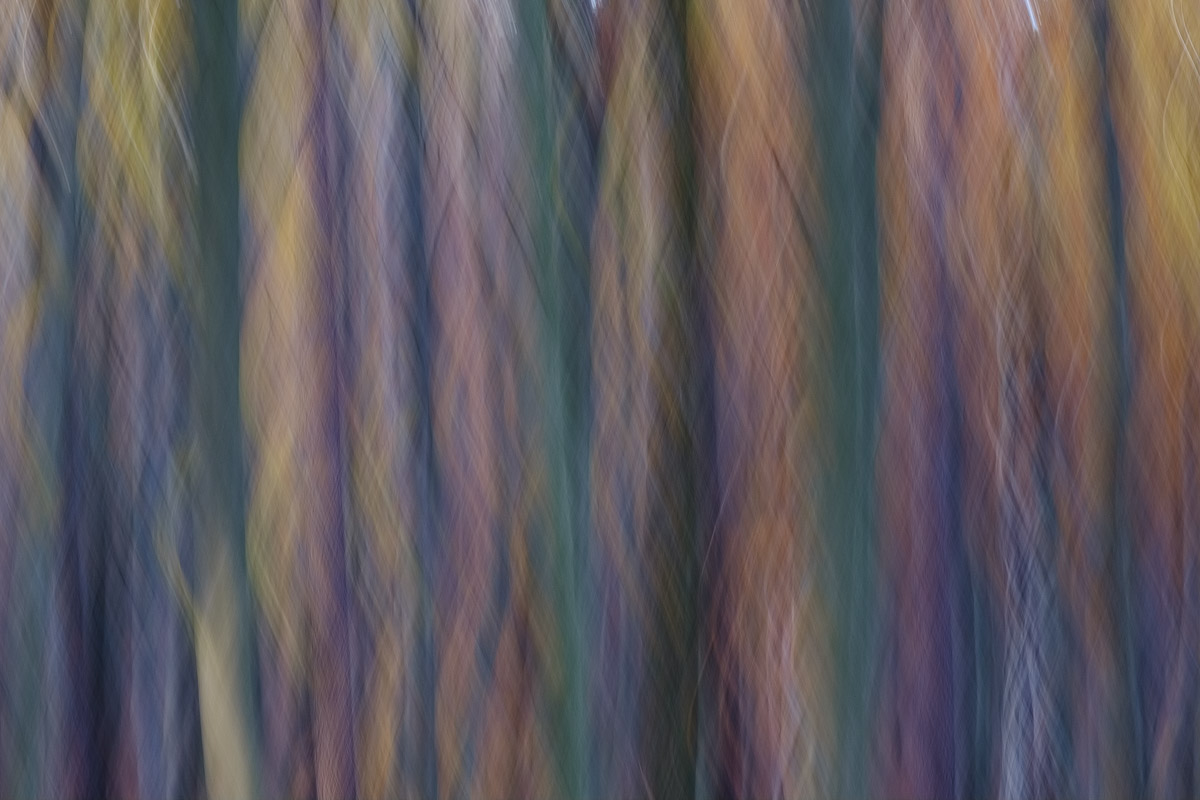Creating Impressionism through Intentional Camera Movement
Intentional Camera Movement (ICM) is a technique used by photographers to capture a form of abstract art known as impressionism. Instead of using a tripod to keep the camera still, the photographer moves the camera in a panning motion to create motion blur while the camera’s shutter is open. This recreates an iconic look to the photograph. Scenes which generally would be cluttered and intrusive with many elements become simple in their form and movement.
The 19th-century artistic style is the guidebook to recreating the impressionist technique within my landscape photography. The French were responsible for the style, which quickly grew an adoption through self-managed exhibitions in the late 1800’s.
These days many photographers try to reflect the impressionist look. Understanding the fundamentals of technique can often be the best place to start in recreating an impressionist feel. I found one of the critical elements of impressionism focused on the changing attributes of the environment over time. These elements often included light, form and shadow while they reflected hints of modern sculpture and everyday scenes through the use of thin brush strokes.
Photography, on the other hand, requires a creative flair to recreate the same spirit of place virtually. Using a slow shutter speed combined with intentional camera movement is by far the best technique to obtain this type of abstract art.
Capturing the Spirit of Place
I have recently been experimenting with ICM with my landscape photography. I have found intentional camera movement to be an excellent way of capturing the authentic spirit of motion in seascapes and forests within the landscape. Essentially the technique provides the mechanism to capture the core and simplicity of the scenery. The viewer can often become overwhelmed as they witness many elements within the picture. Branches, tree trunks and leaves become too cluttered; ICM subtracts the chaotic nature of the scene and shifts the attention to its core. It’s a means of simplification, of reductionism.
The combination of colour, movement and simplicity all help to form an overall feeling of a scene. As an example, within my forest photographs, I aim to accentuate the movement of the foliage and creaking wood in the wind. This is achieved by panning my camera in different directions while taking the photo. The result sees fall colours bathed in light and shadow reflecting what the historic artists spent hours creating.
Camera Settings and Intentional Camera Movement
Mastering the artful ICM certainly takes time. The technique is experimental and often requires many tentative photographs to capture the scene. The camera settings have to be just right to obtain the desired effect. One tip I heard was to turn the camera to a continuous setting to try and take multiple images in one camera movement. However, for my style of intentional movement photography, I prefer taking a single shot over taking consecutive shots of the same scene.
I also found using a slower shutter speed combined with a moderate panning motion provides best results for landscape photography. Unlike using a tripod, ICM photographers often opt for a handheld approach as there is more control in the resulting picture. Selecting the lowest ISO on the camera is recommended. This assists with obtaining a slower shutter speed and helps mitigate any overexposure in my artwork. Once I have my settings, and they are just right, I then start the panning technique before pressing the shutter button. I then continue to pan my camera in the direction I started until the shutter closes. Deciding which direction to pan can be a hard choice, but sometimes observing nature’s composition reaps its rewards. For instance, in my forest scenes vertical pans inline with the tree trucks hide the real mess in the branches, needles and foliage.
Using Filters to Balance Light
Getting the camera settings correct out in the field can be problematic if the light isn’t quite right. An example of this is photographs will appear overexposed if the sun is too bright. If you find yourself in this situation then using a Neutral Density (ND) filter is recommended. ND filters have different strengths and when in position on the front of the lens the filters cut out the amount of light entering the lens, allowing for longer exposures, making it perfect for ICM photography.
Circular Polarising (CPL) filters are also an option. CPL filters boost the vibrancy of a scene while cutting out a small amount of light and any unwanted reflections. Because of this they are a popular choice amongst photographers capturing seascapes. For the type of photography I prefer shooting at dawn or dusk as this allows me to get the best soft golden light in general.
Creating Abstract Art
Intentional camera movement is a means of expressing one’s self through an image. A photograph employs creativity and various technical trickery to conjure what people see in an image. While many traditionalists would argue that a photograph isn’t artwork, I believe ICM is the bridge of exception. ICM closes the gap and changes the description of what a photo could be. In this very essence, it defines its description of impressionism through visual stimuli.
Personally, I would much rather have an ICM image hanging predominantly on my wall. I feel this form of artwork evokes all sorts of emotions through composition, movement, light and the depiction of different forms in landscape photography in particular. Moreover, I believe it would be hard to generate the same feeling of a landscape scene otherwise.
If you are looking at trying intentional camera movement for yourself be aware, the technique is highly subjective. Not everyone is going to like it. But for those who are bold enough to express their creative muscles, you may find delight creating this abstract art.
Just know there is no wrong way to take an ICM photograph. Instead, be creative and bold. Explore what you are trying to evoke and portray in the image and set out to capture the shot using different exposure times, light and panning techniques. You might be amazed and surprised at what you might capture.
Articles:
A 2×2 portfolio has been published in the On Landscape Photography Magazine November 2018 issue: Spirit of Place – The Colours of Autumn
